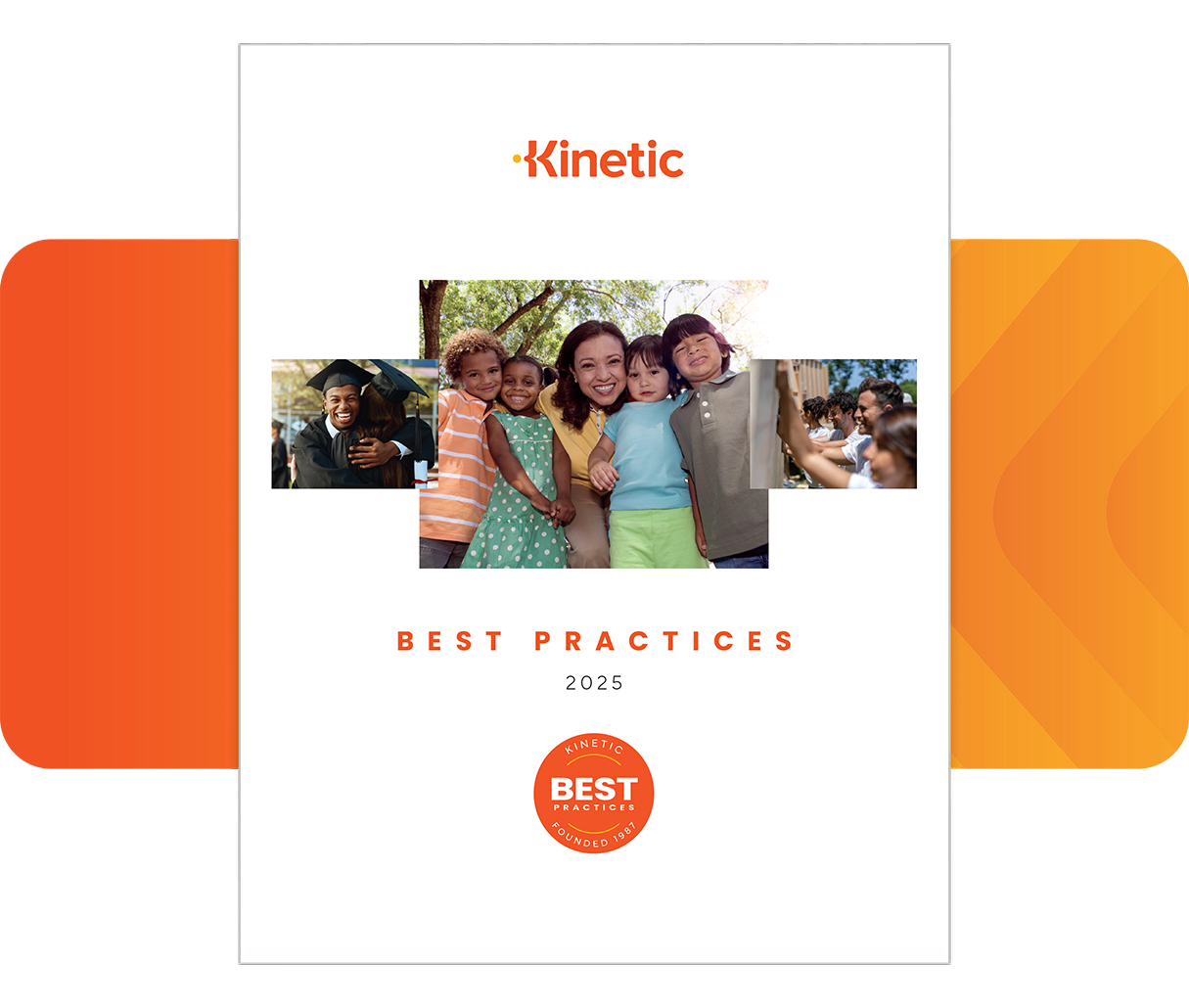Strategies for Success
The Art of Scheduling
March 23, 2023

You might be familiar with the game Tetris®. Differently sized pieces are strategically moved and adjusted to fit before the next piece falls into place. Trying to coordinate calendars for donors, volunteers and nonprofit professionals can often feel like a puzzle, and requires a similar approach.
You can master the art of scheduling by keeping the following in mind:
Identify Key Players
Before calendars can be compared for scheduling a cultivation or solicitation meeting, evaluate who has been instrumental in bringing the potential donor closer to the organization so you can confirm who needs to be in attendance. It might be a volunteer, development staff member, head of the organization, board member or a combination of individuals. Also, determine if the donor has a family member or colleague who should be included as well.
Consider Where and When
Scheduling a donor meeting involves more than simply finding an open time on everyone’s calendars. The time and location will depend on the type of meeting you want to have. To the degree possible, choose a location that reflects the interests of potential donors, so they feel relaxed and can speak freely. Allow for plenty of time so the meeting doesn’t feel rushed, everyone can be fully present and the prospect feels heard. You don’t want to send the message that you are in a hurry or running late for the next meeting.
Be Respectful of the Time
If you said you would only take an hour, keep it to an hour, unless you have asked for permission to extend the meeting. This simple act of respect for time will go a long way.
If the only open space on everyone’s calendar is not ideal, take a step back, reevaluate and find a more suitable option. Like the game Tetris®, there is often a solution you are not seeing. Scheduling the pieces thoughtfully and strategically is another way to build a strong relationship, and will result in a positive and beneficial experience for everyone.
Share This Story




